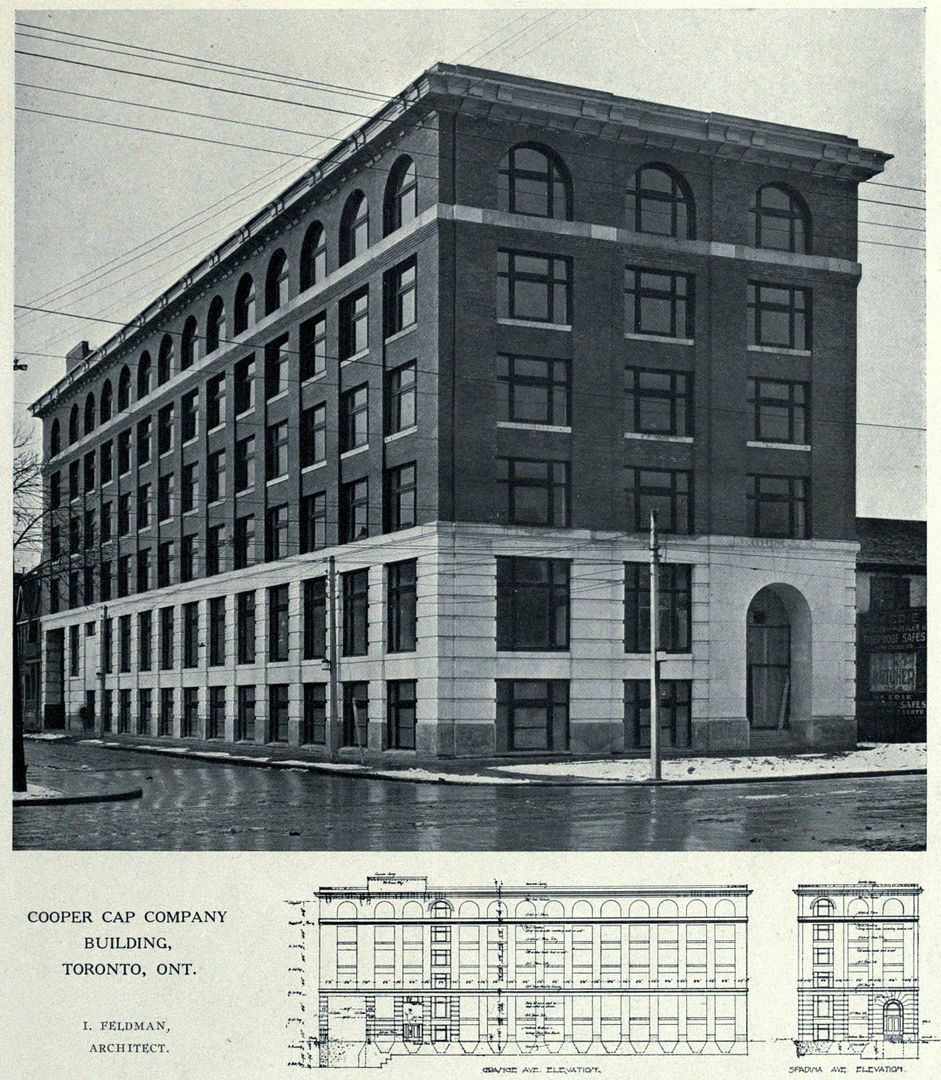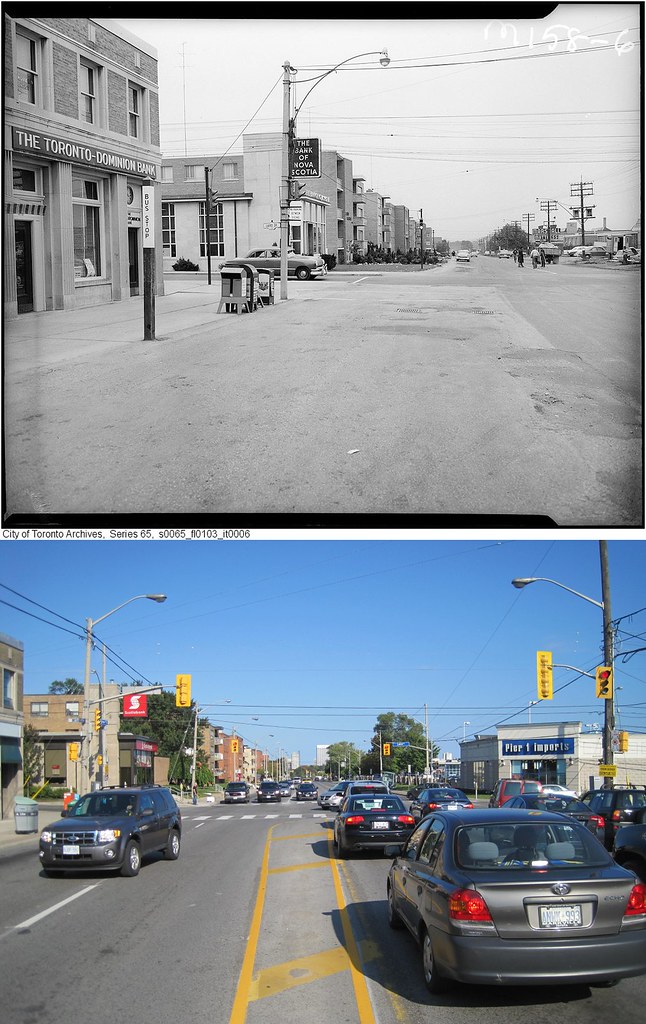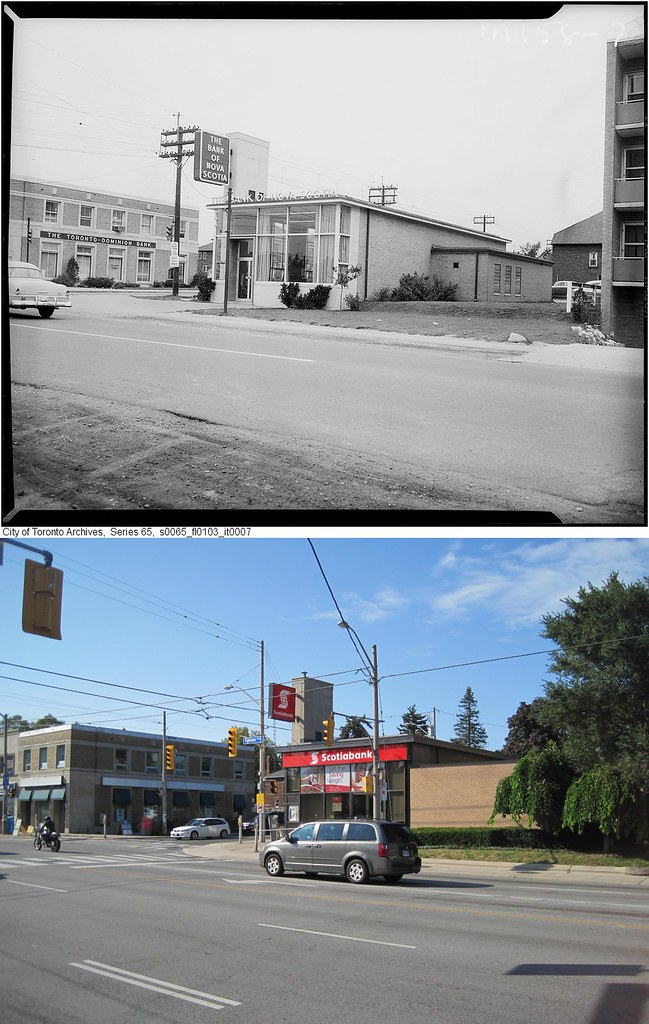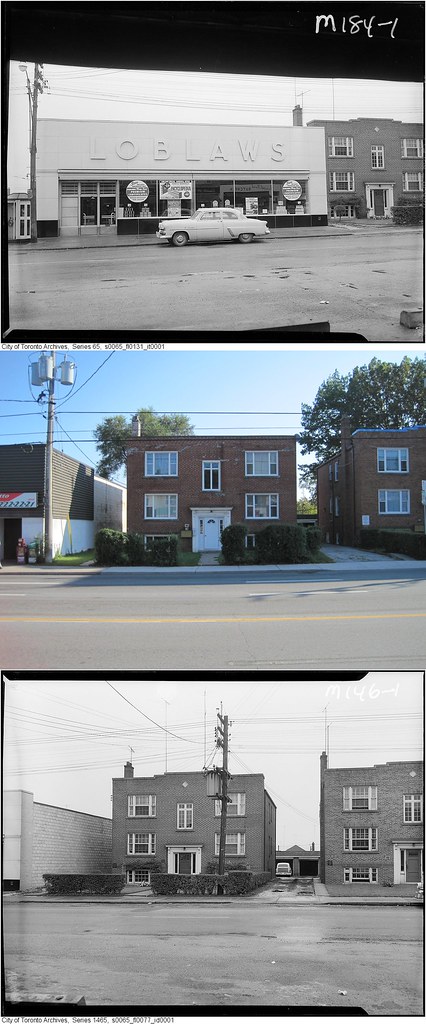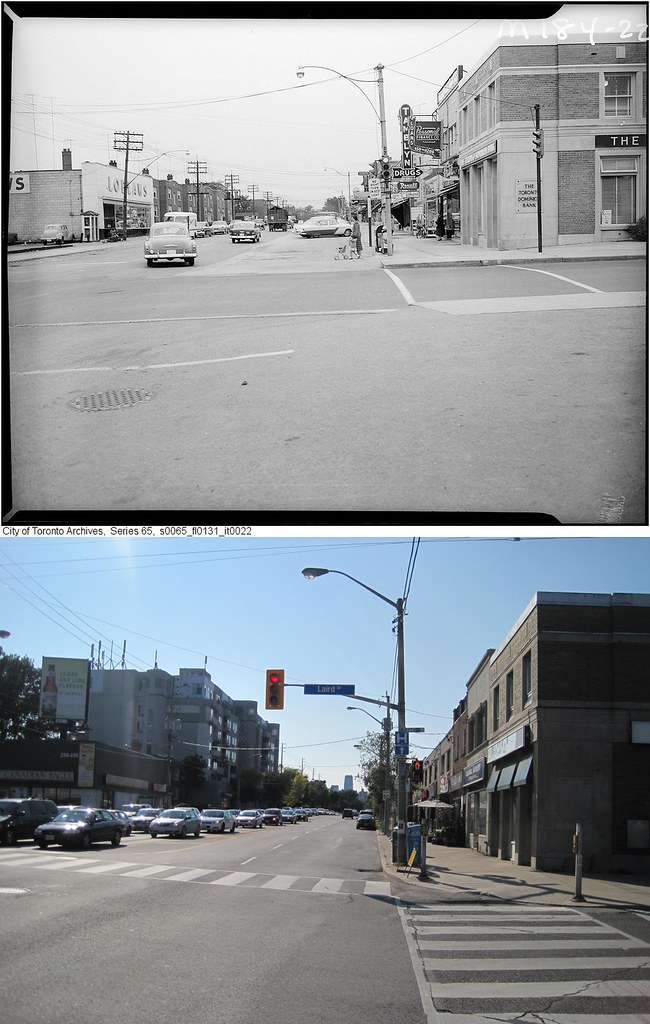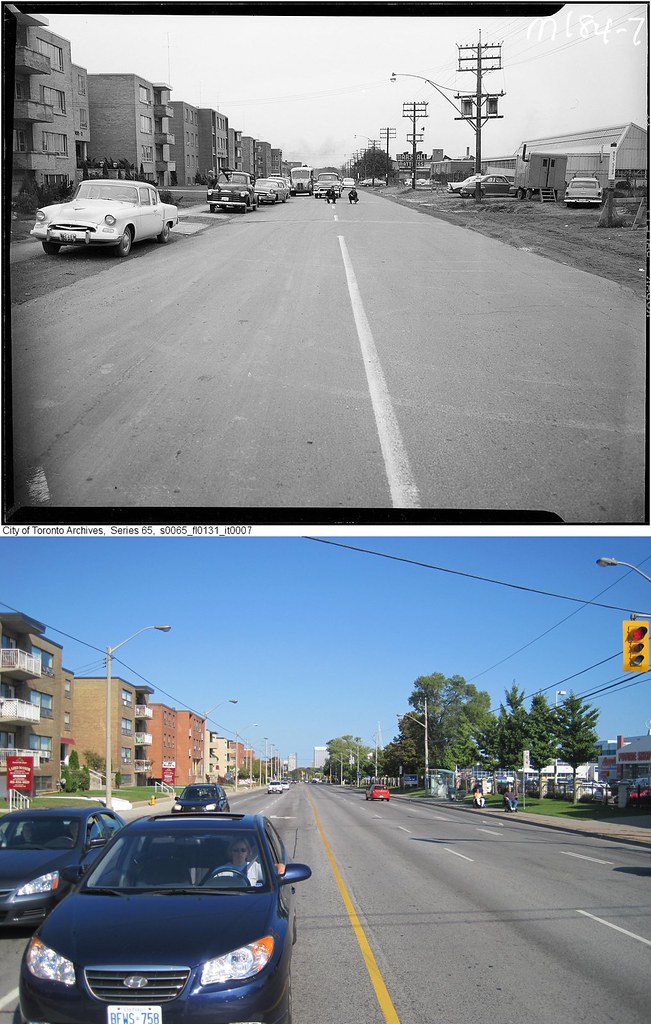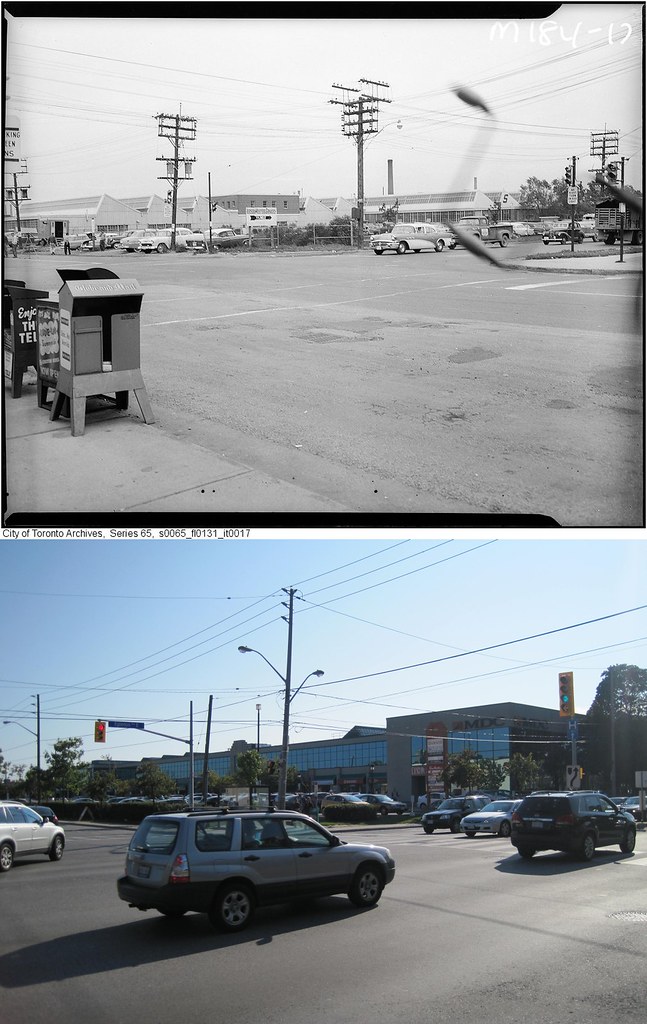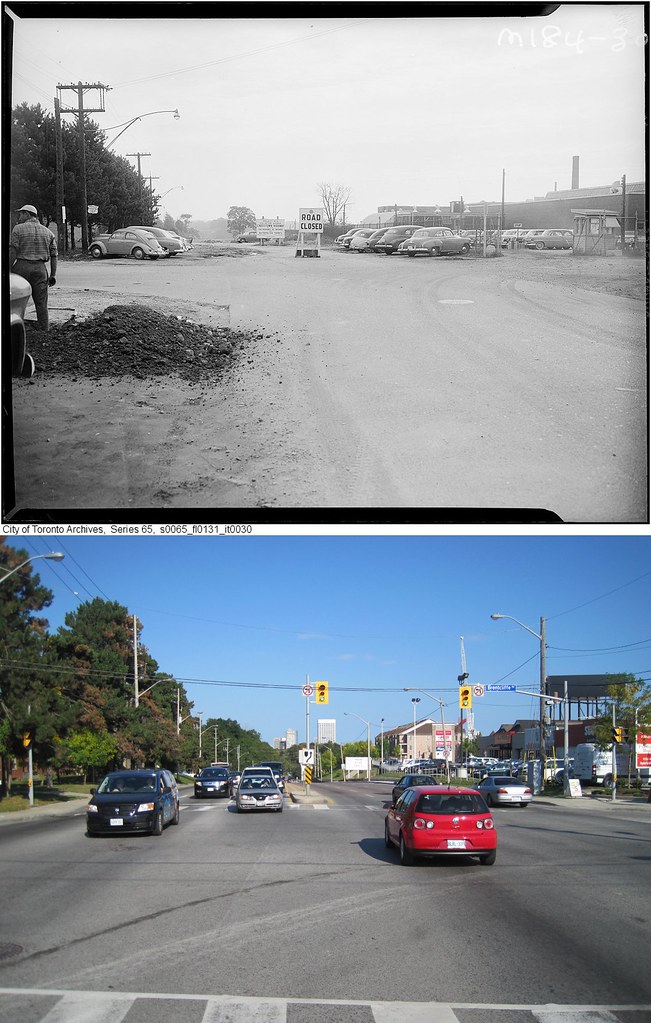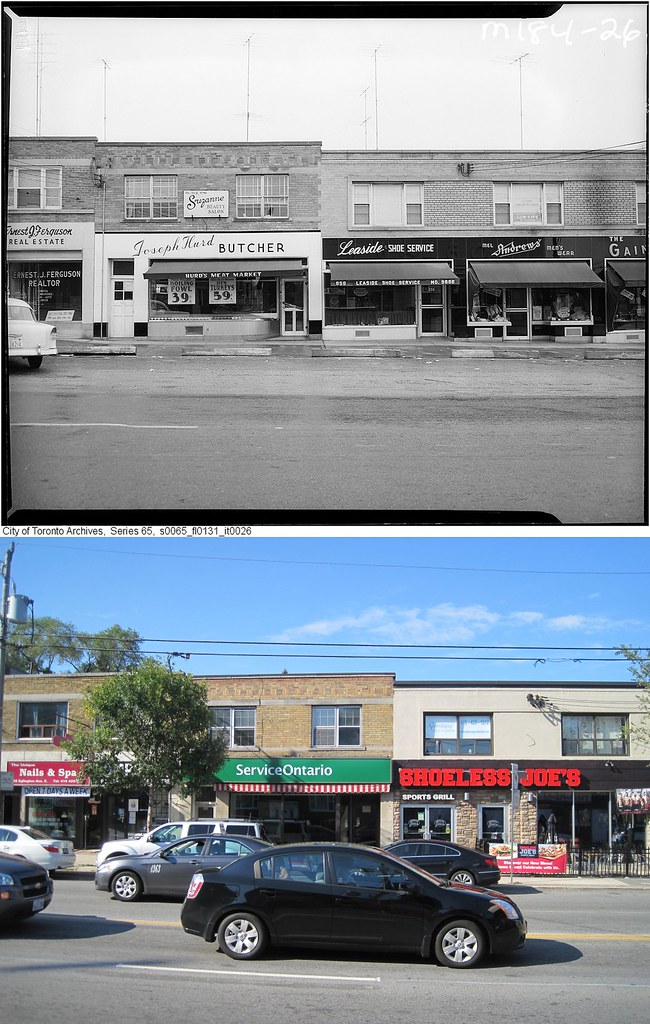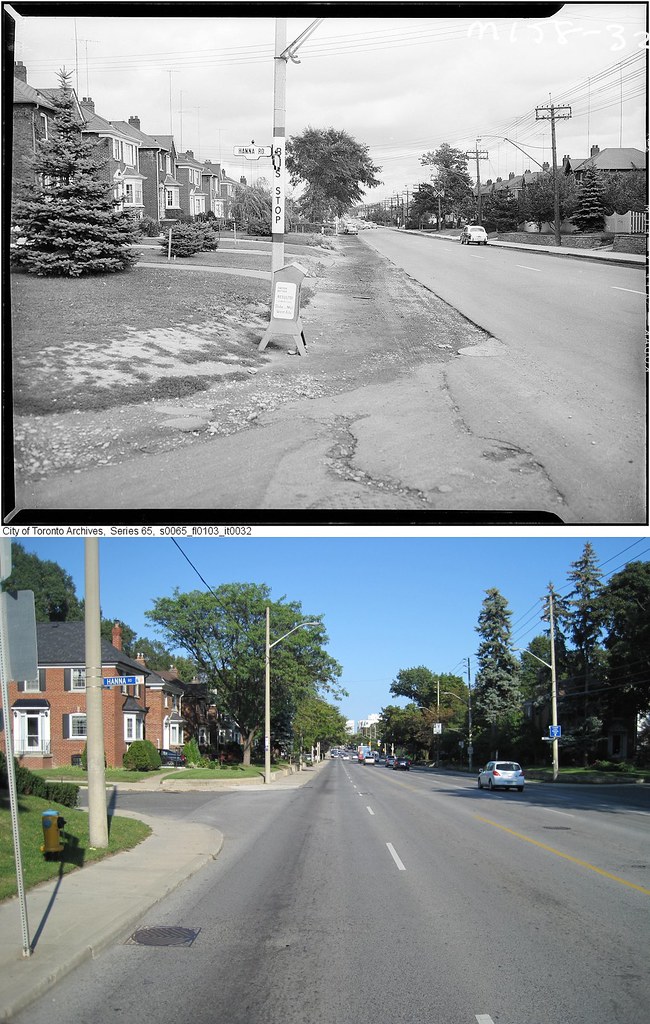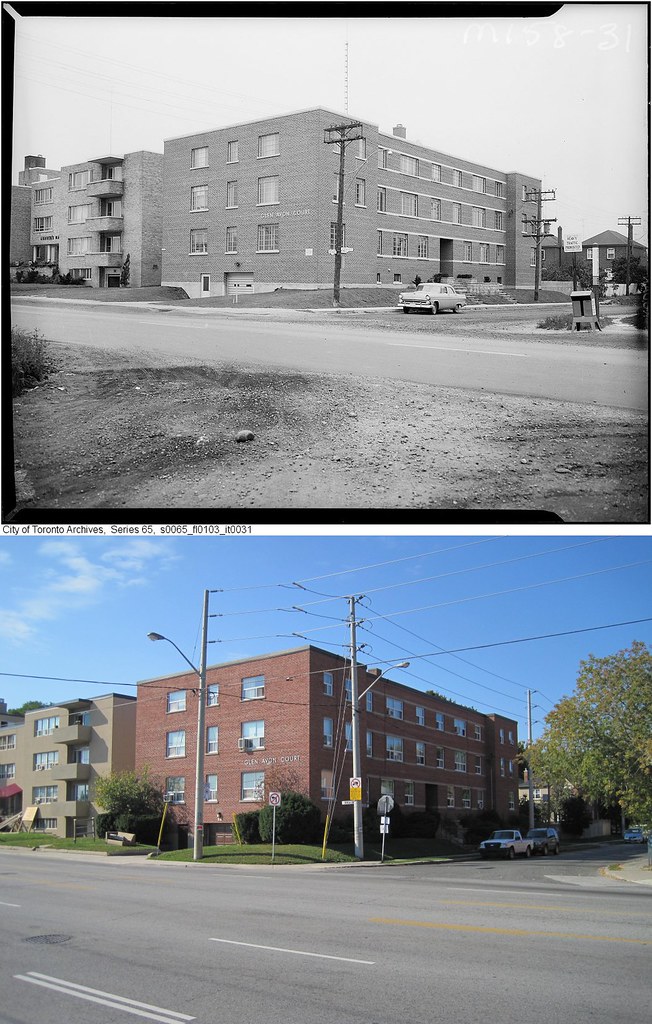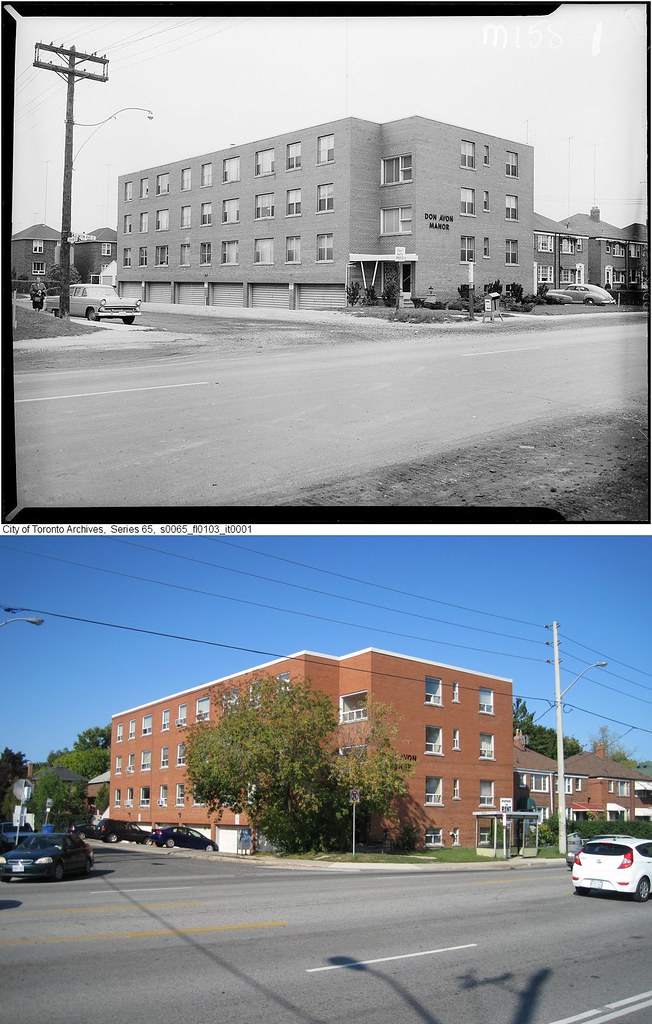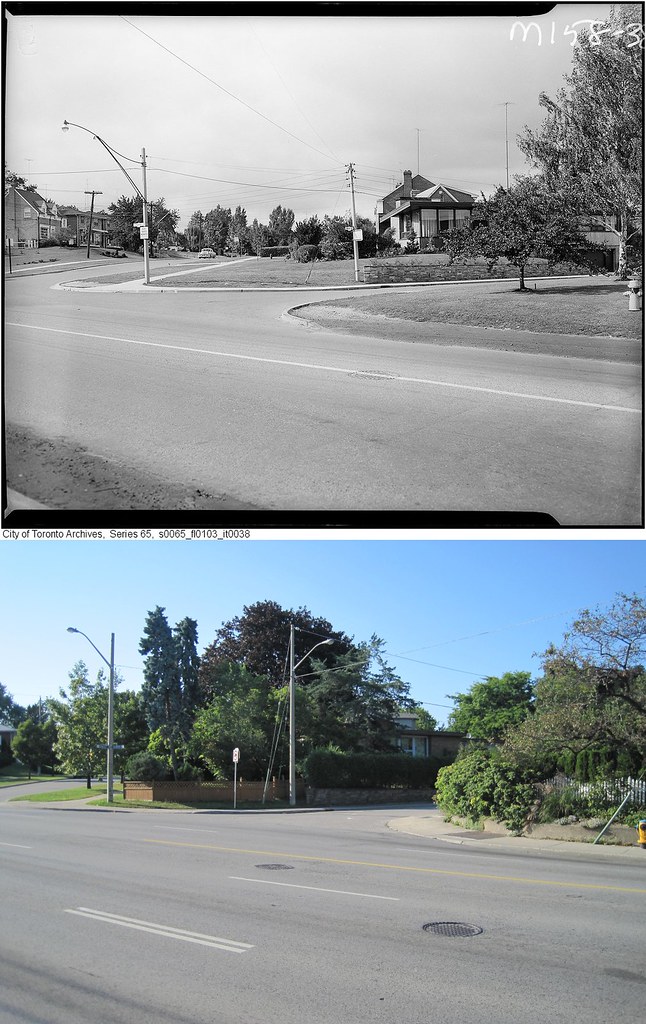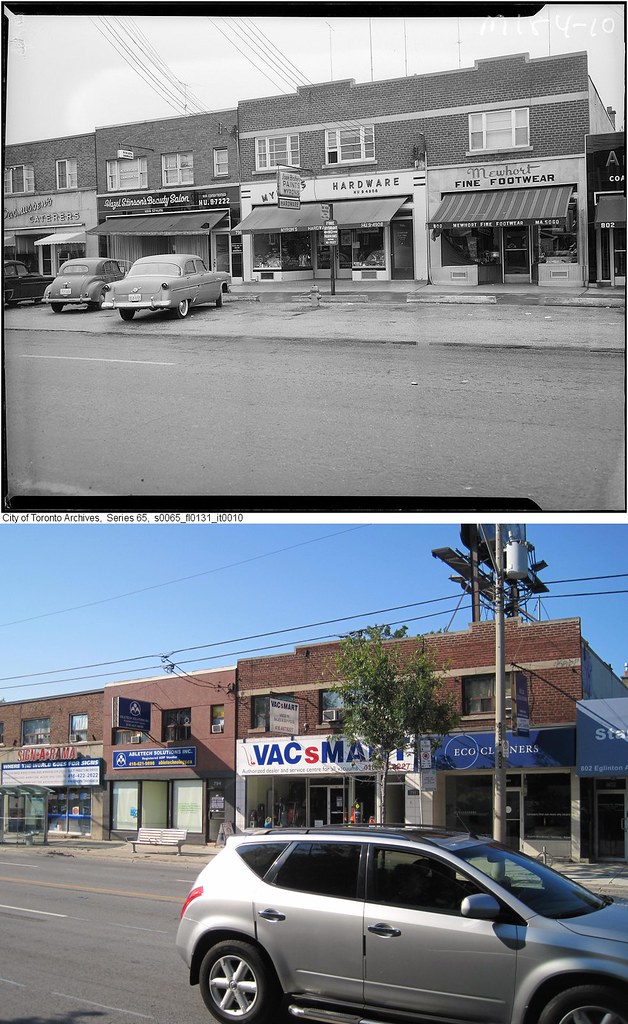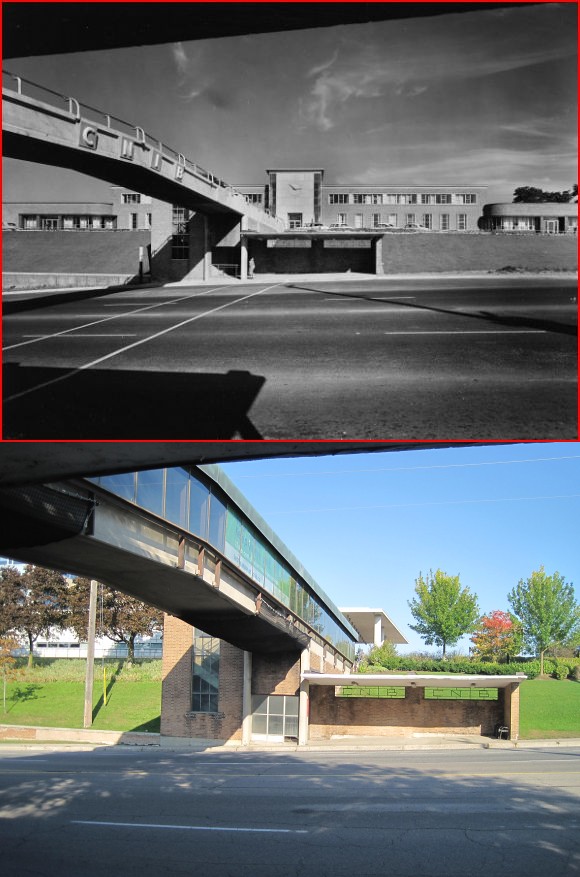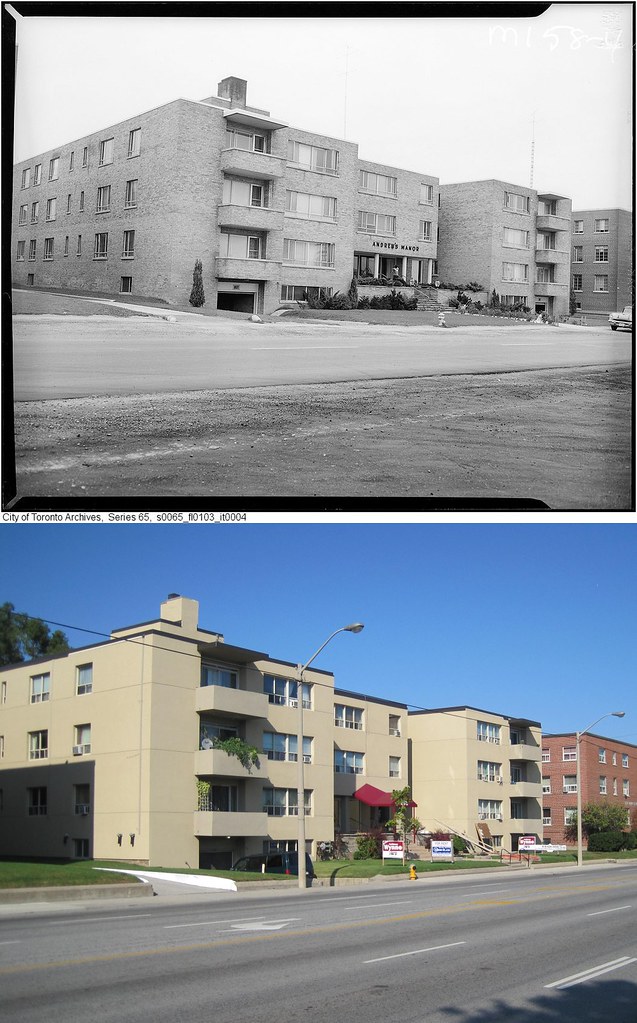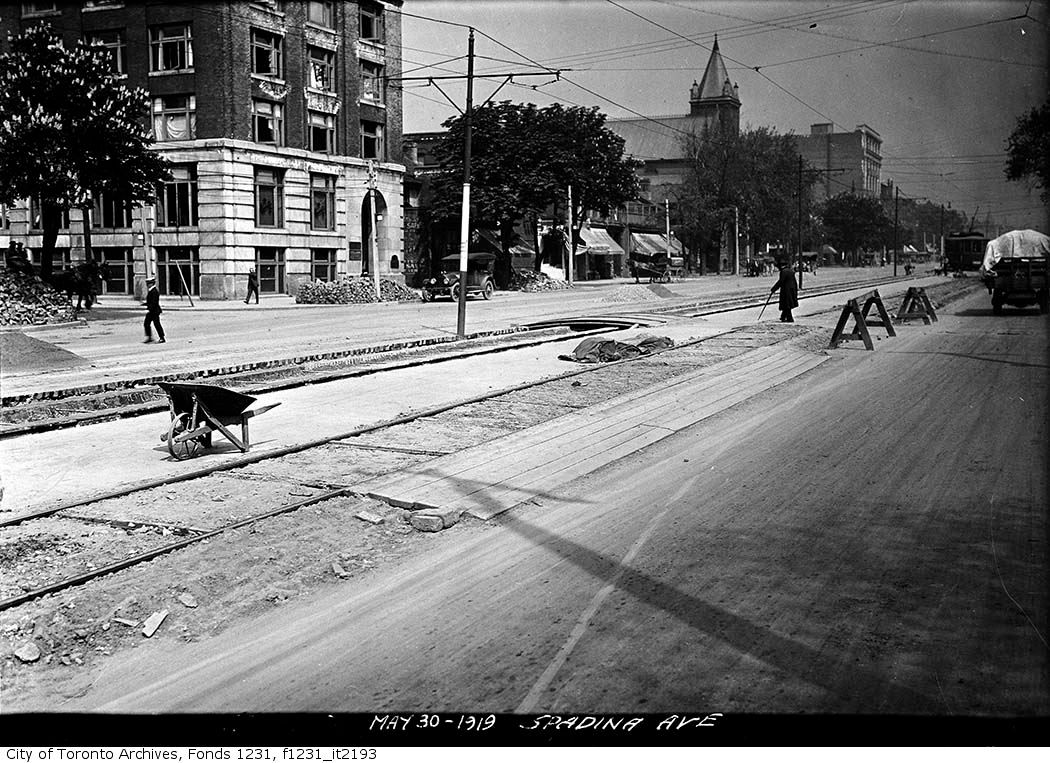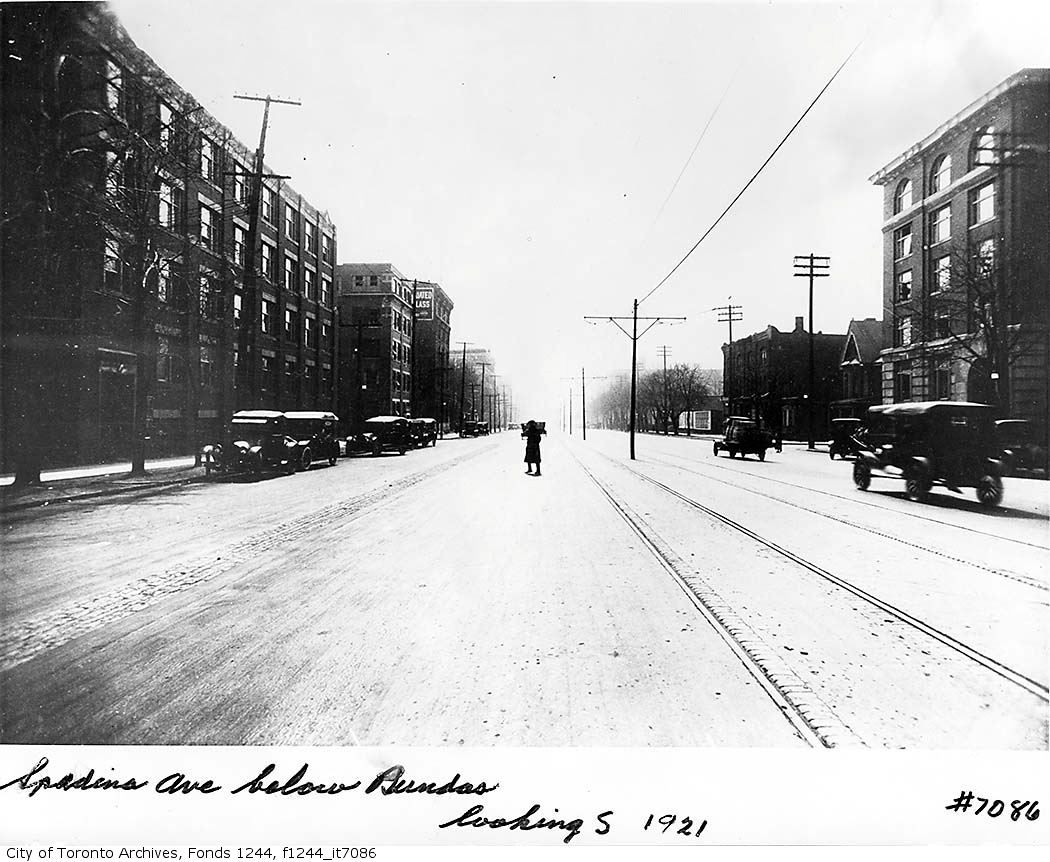QUOTE=Mustapha;559587]Can you tell us anything about Robert McMann, AlbertHWagstaff?[/QUOTE]
Ok, here’s what I know about Robert (Bob) McMann. I never met Mr. McMann personally but I did see him a couple of times in the morning standing at the corner of King and Queen East when I was on the way to work in the early 1990s, without knowing who he was. He was known in the local transit enthusiast circles from the 1960s to the 1980s, and I think for a time was the editor of the Upper Canada Railway Society Newsletter in the early 1970s. His photography trademark was walking a portion of a route and taking photos along the way in the favourable sun direction, say starting at Danforth & Coxwell in the AM rush hour and walking west to Broadview. In the afternoon on the same day he might have then gone from Bloor & Sherbourne west to Spadina or started at Bloor and Keele and walked to Jane. He covered all the main streetcar routes that were in operation before the Bloor-Danforth Subway opened, especially the ones that were going to be abandoned. He also took slides of the subway and trolley buses, so he covered the other electric modes, and even a few diesel buses, but streetcars were his main subject. He covered all the major transit events between the opening of the University Subway and the opening of the Harbourfront LRT line, getting opening day shots, last day shots, charters and special events. He continued doing the route photos right up into the late 1980s, but by the early 1990s he started sticking to photo spots where there was frequent service and wide open skies, like the intersection of King & Queen East, Broadview Ave (Broadview & Bain was one of his favourite spots), and Harbourfront. From what I was told by someone who knew him he suffered from the onset of dementia or another mental illness and didn’t take any more photos after the summer of 1993 and he passed away a few years later. I don’t know how old he was when he passed, but he wasn’t very old, probably in his 50s.
He was known for buying the latest Nikon camera that came out every year, and he always used a motor-drive so that he would shoot several slides of every shot, which turned out to be a bonus for those who collect slides, as there are multiple originals of the same view, although some of his contemporaries couldn’t understand why he shot so many extras (they were also good for slide swaps), and he date-stamped and labeled EVERY ONE OF THEM. It’s a rare McMann slide that doesn’t have the date and location on it, although very few have his name on them, only those he traded away were stamped. Apparently he had more than 100 Nikon camera bodies in his apartment when he passed away and his thoroughness in shooting the streets was evidenced by someone who told me that he once put on a slide show of images along the Queen route with a shot of a streetcar at EVERY stop going west between Neville Park and Roncesvalles. Many of his early slides weren’t the greatest, either because he used cheap (ie. non-Kodachrome) slide film or because he hadn’t sharpened his photography skills yet, but once he got the hang of it and faster Kodachrome slide film became standard (64 ISO) he got to be quite good as seen by some of his views that have turned up on this thread.
His collection was acquired by another transit enthusiast after he passed away and was sold in lots to a number of other enthusiasts. I was fortunate to be able to get a good collection of TTC slides from 1963 onwards and I continued his method of shooting slides while walking a portion of a route and even trying to recreate some of his shots, although he had it much easier since the street traffic in Toronto wasn’t nearly as busy decades ago and the streetcar service was much more frequent. Where he might have been able to shoot 20 streetcars in a half hour, now one is lucky to get 10 between the reduced service and heavy traffic making “clean” shots more difficult. Through his streetcar slides, he documented a lot of changes in the city, especially downtown as buildings were demolished and new ones went up although he didn’t seem to go out of his way often to specifically take views with buildings about to be demolished, more that he was just documenting the streetcars and happened to get the changing scenery of the city. Because of the known dates of transit changes and how well some were documented, the transit enthusiasts on the board can usually use the transit artifacts in a photo to narrow down dates of other activity in a photo quite well (as we’ve already seen!). Scanning my collection of McMann and his contemporaries is definitely a long-term project though.
